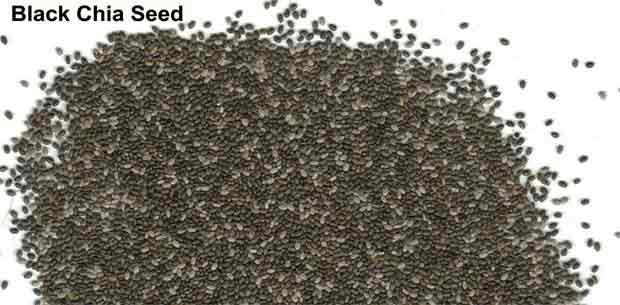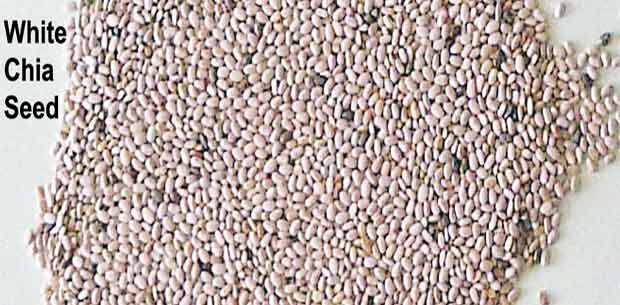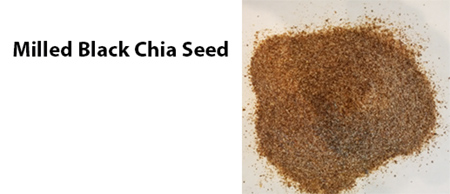Oil content and fatty acid composition of chia (Salvia hispanica L.) from five Northwestern locations in Argentina
Ing. Ricardo Ayerza (h)
Bioresources Research Facility
The University of Arizona
Tucson, Arizona, USA
Any new crop for which there is a market, and which appears to be adapted to the region, would be attractive to replace nonprofitable traditional crops in Northwestern Argentina. Chia (Salvia hispanica L.) Is especially attractive because it can be grown to produce oil for both food and industry. The fatty acids of chia oil are highly unsaturated, with their main components being linoleic (17-26%) and linolenic (50-75%) acids. Seeds from a chia population harvested in Catamarca were sown in five Northwestern Argentina locations. The oil from the chia seeds produced under these five field conditions was measured. Linolenic, linoleic, oleic, palmitic, and stearic fatty acid contents of the oil were determinated by gas chromatographic analysis. The results showed variation in oil content, and the oleic, linoleic, and linolenic fatty acid concentrations of the oil were significantly affected by location.
JAOCS 72, 1079 – 1081 (1995)







